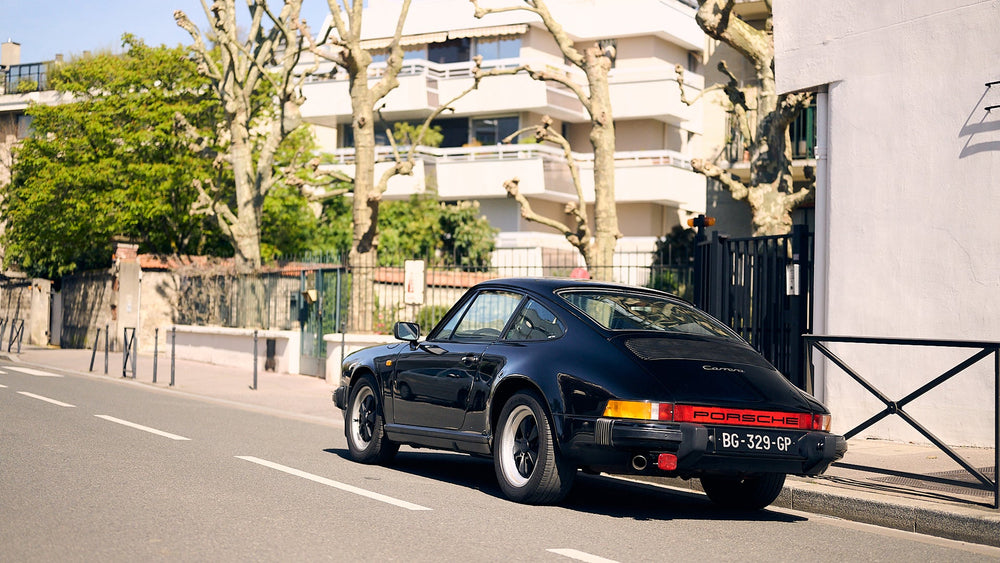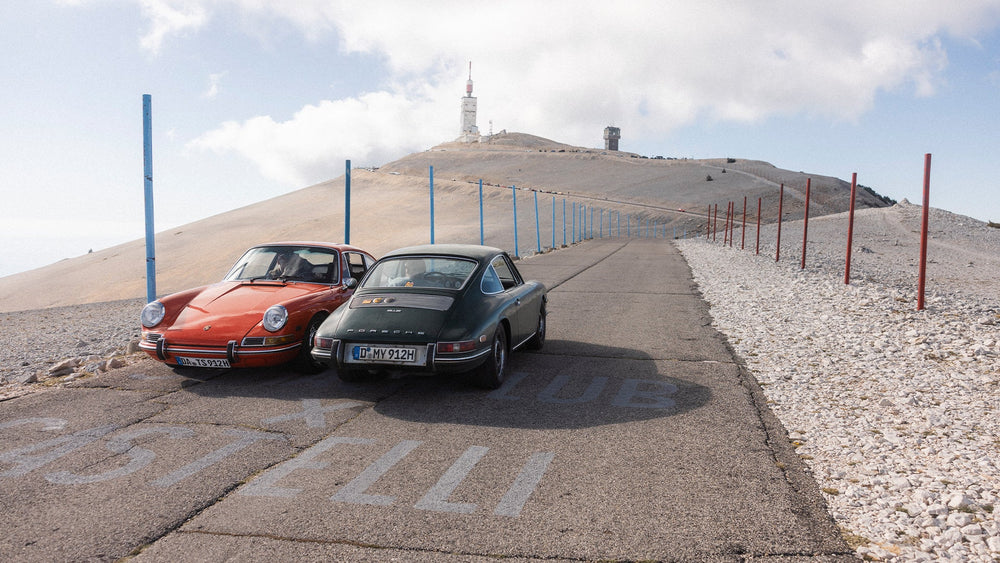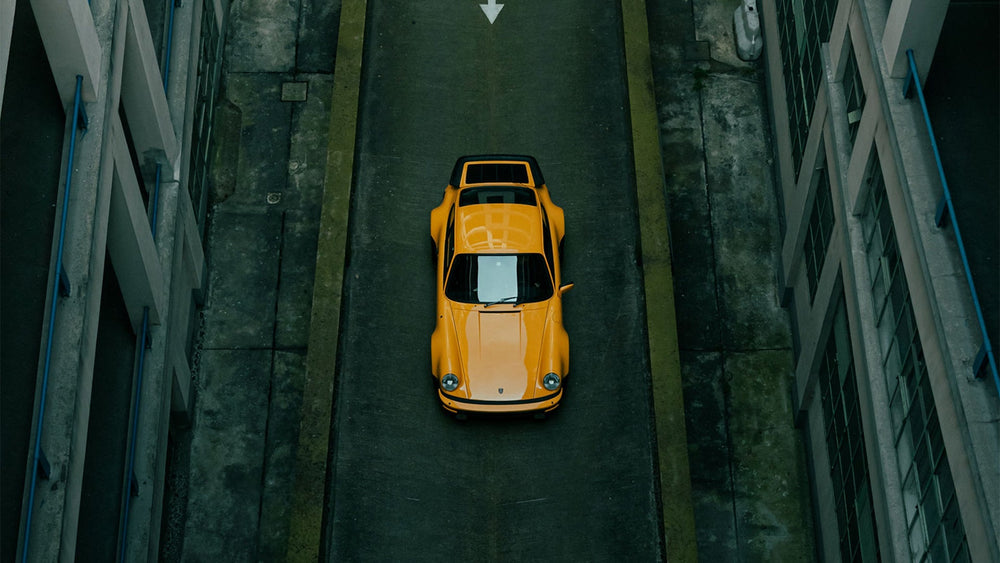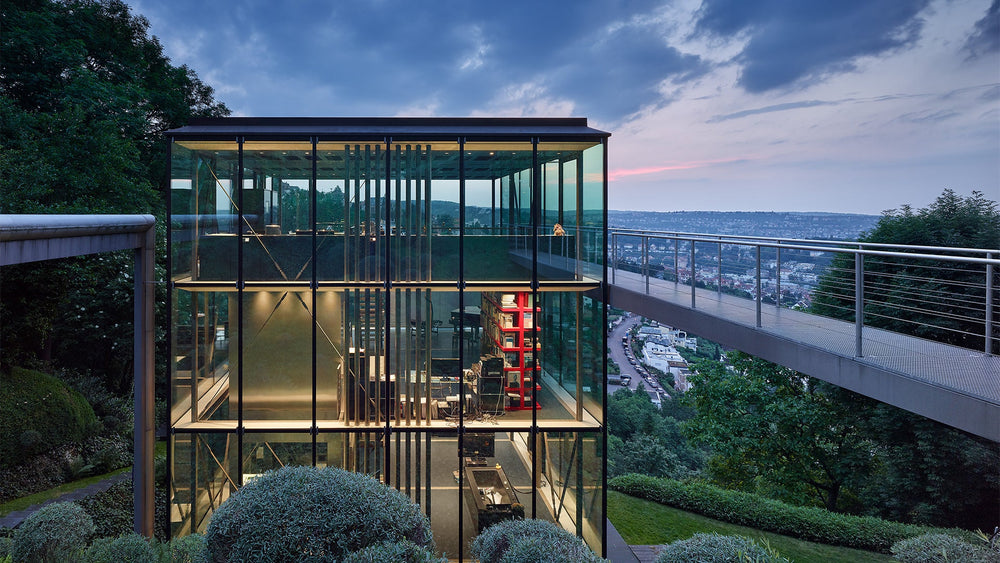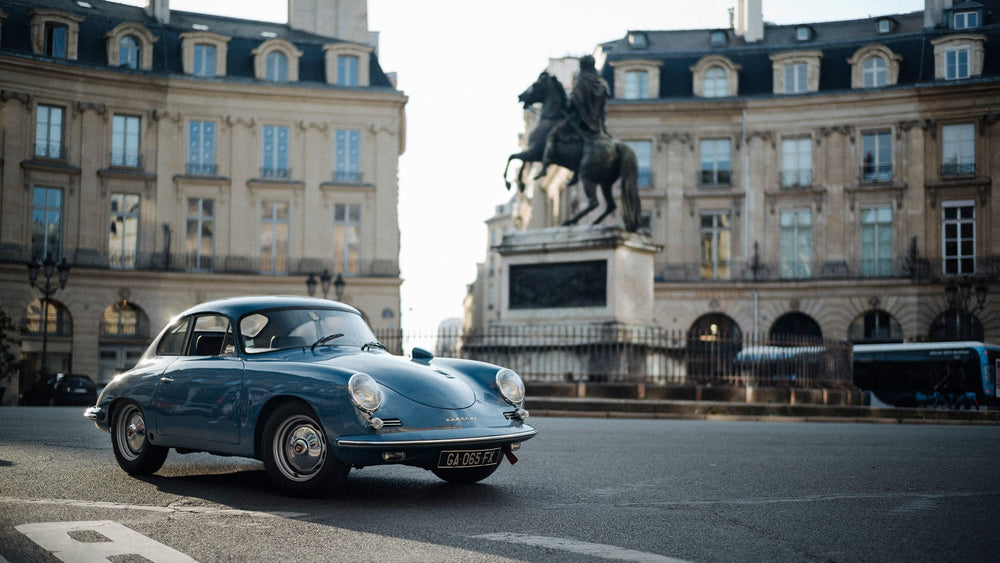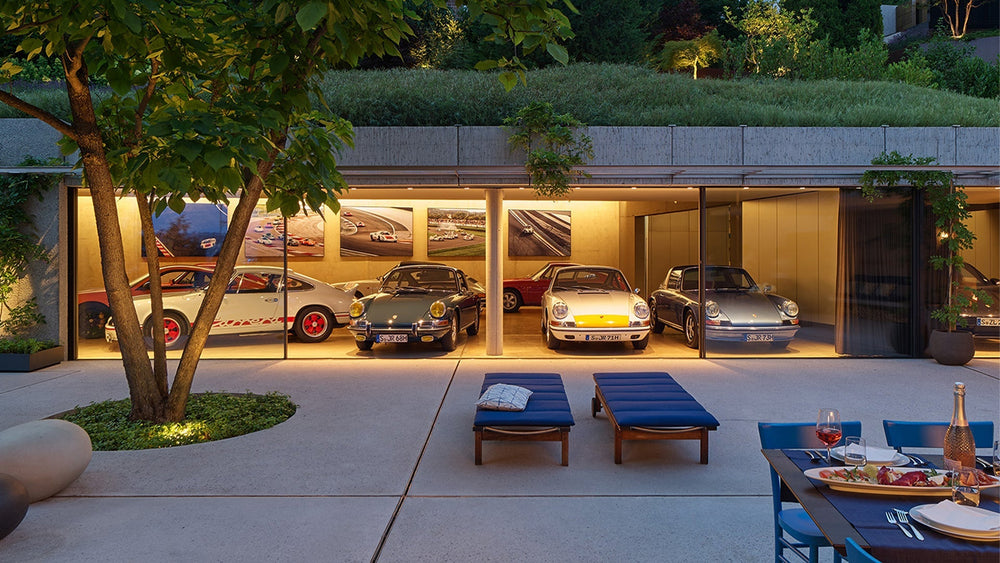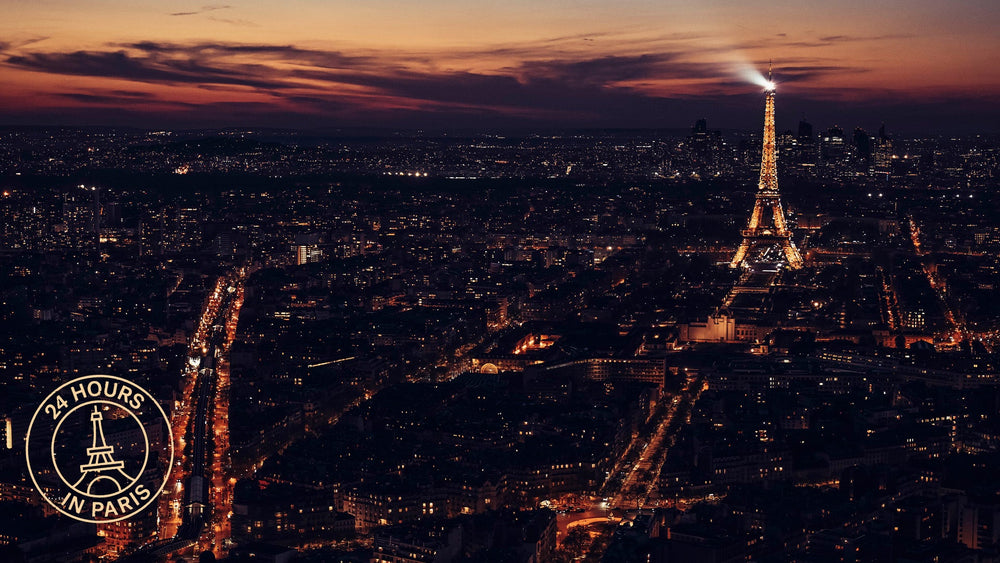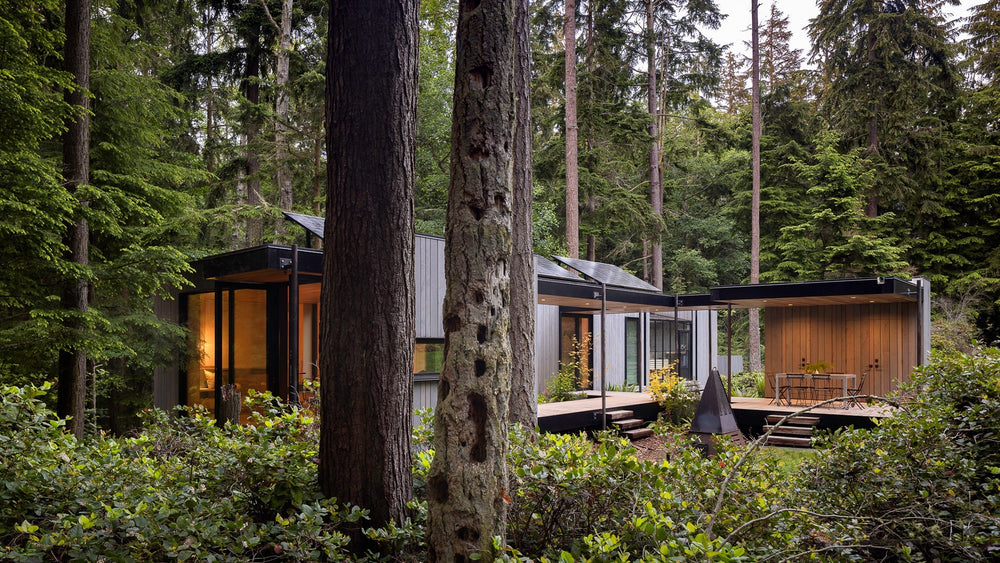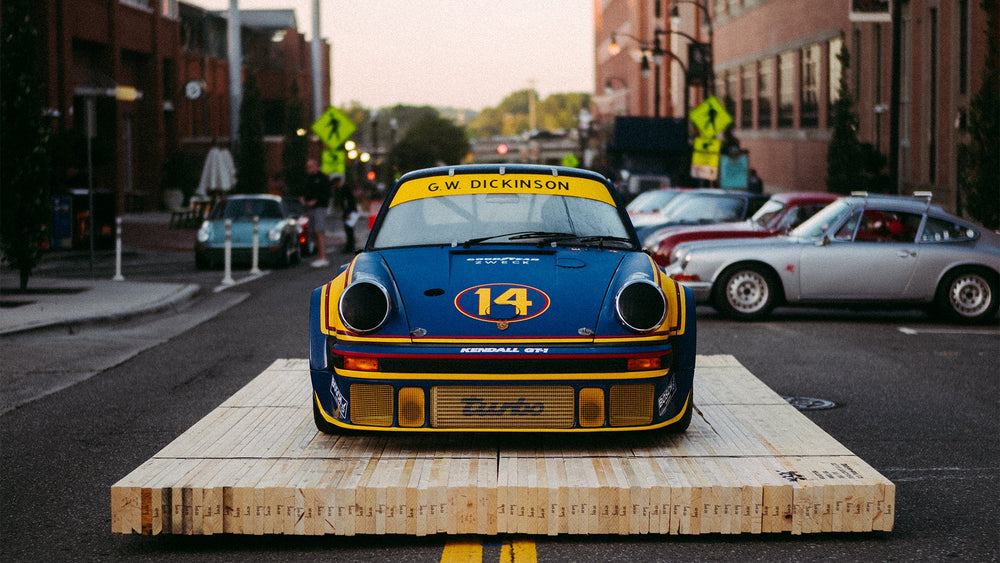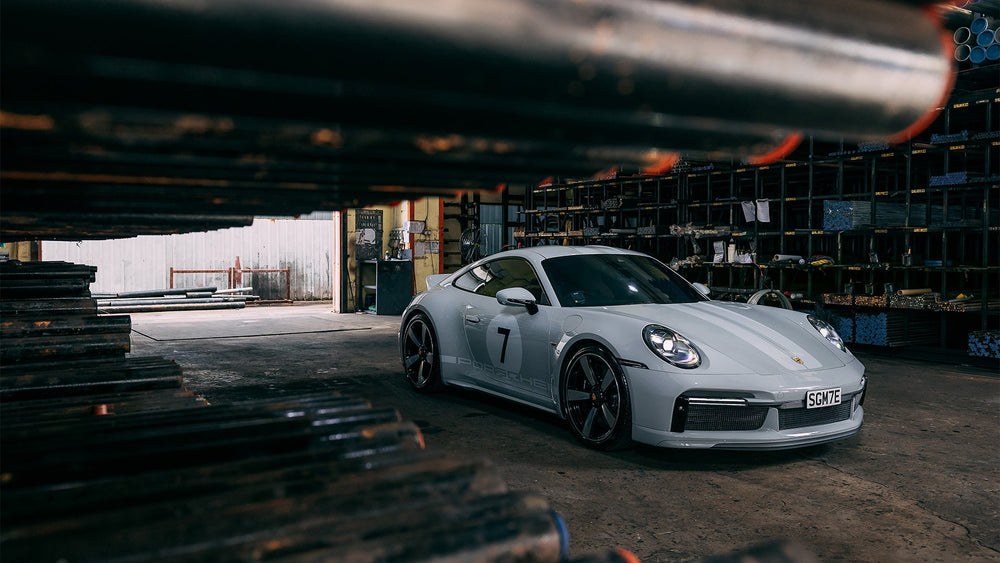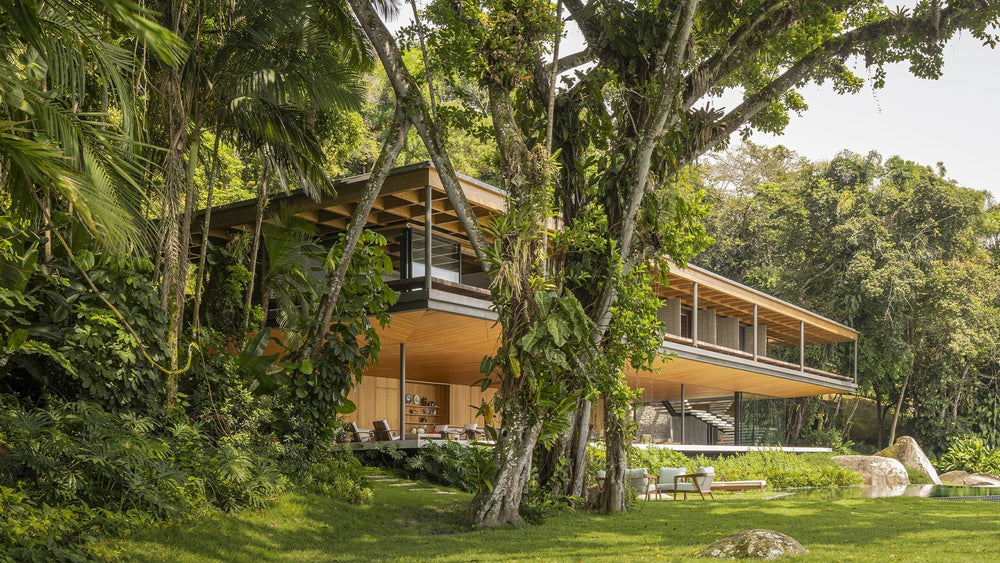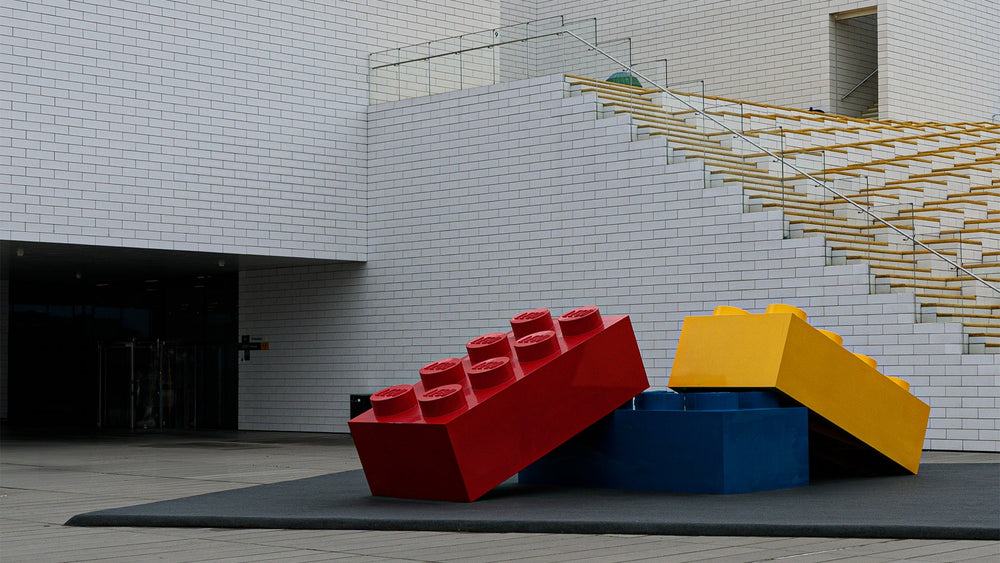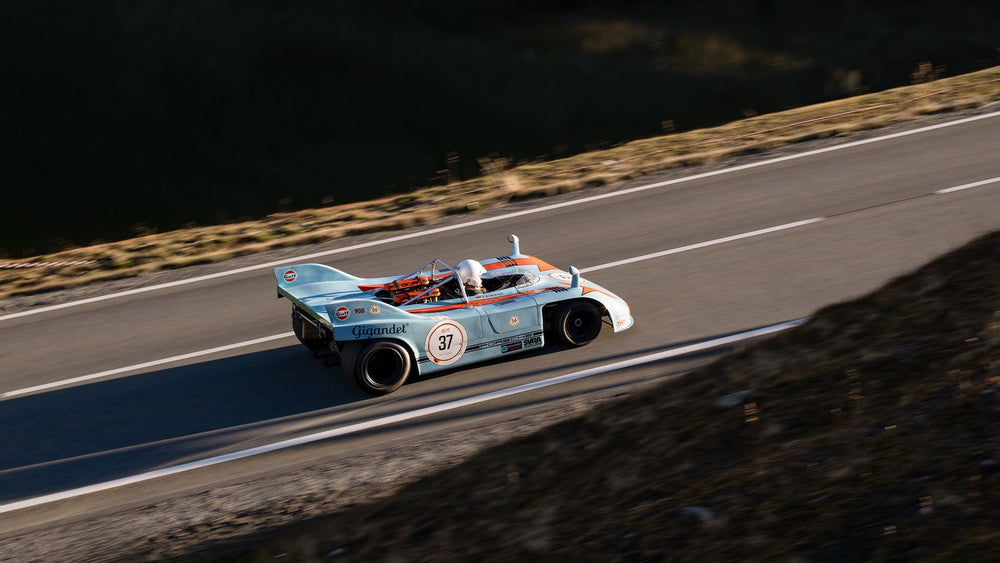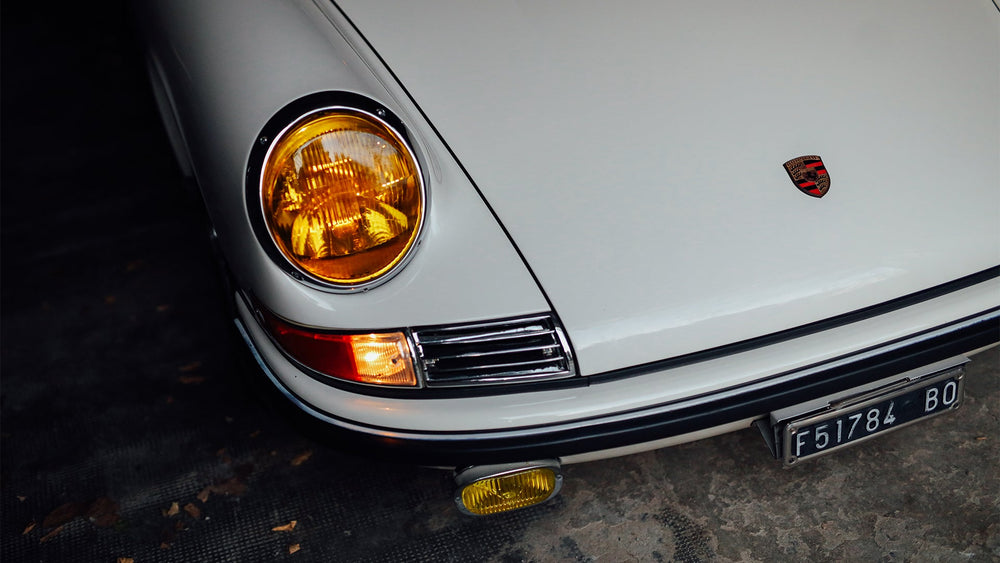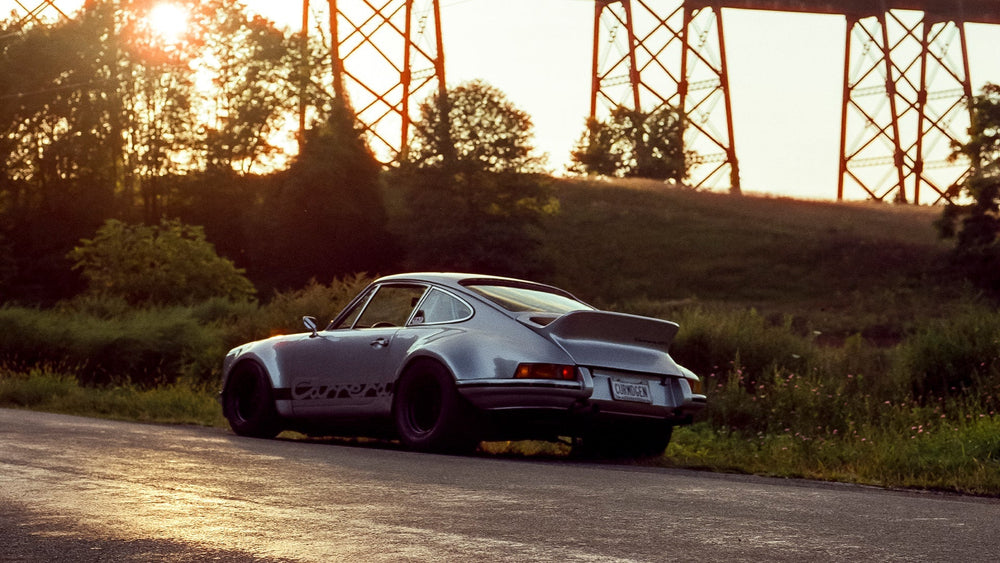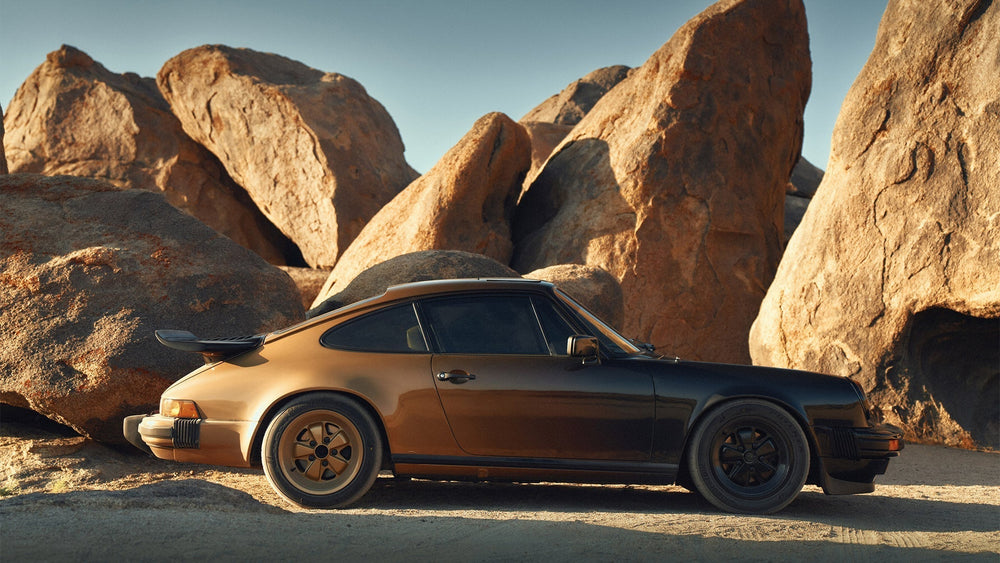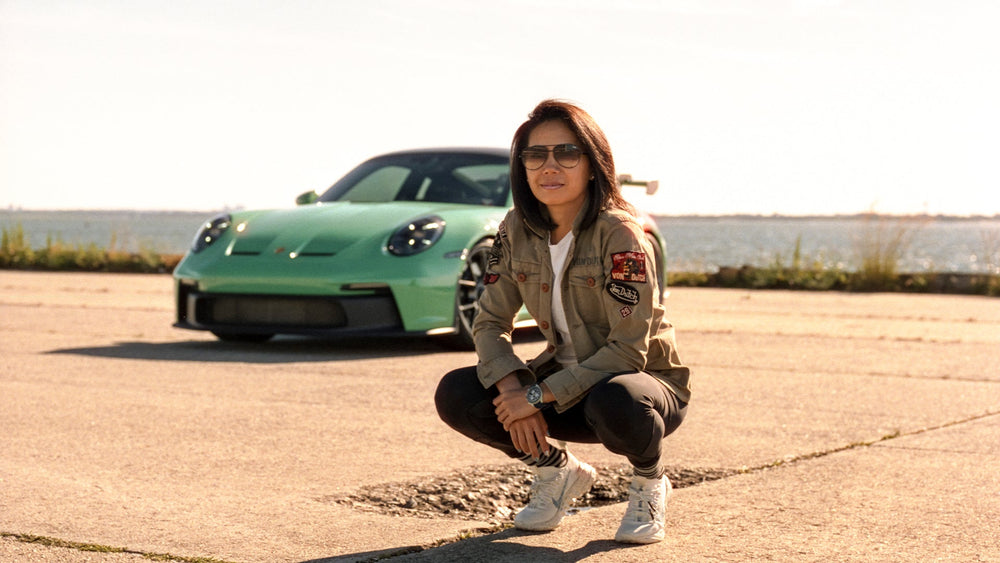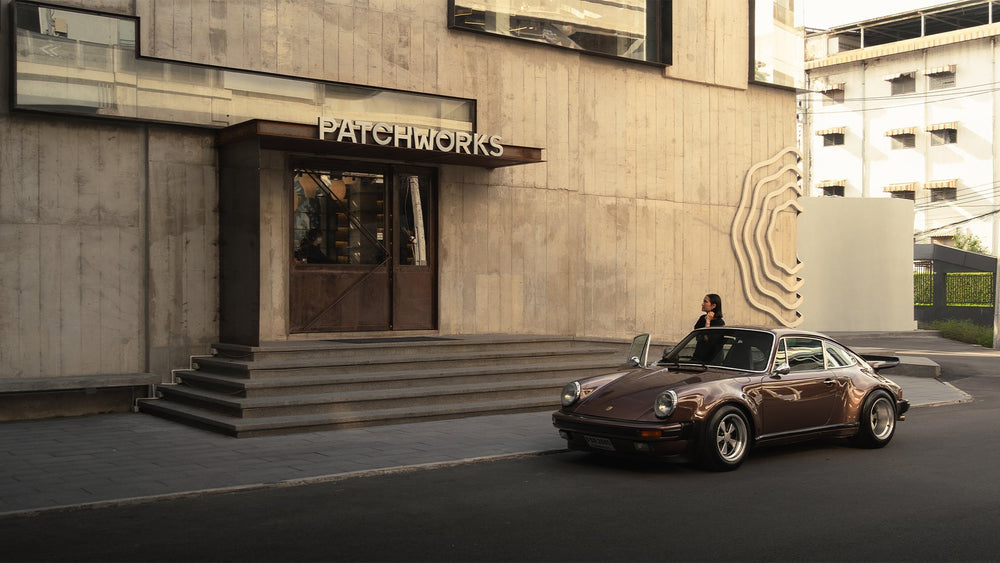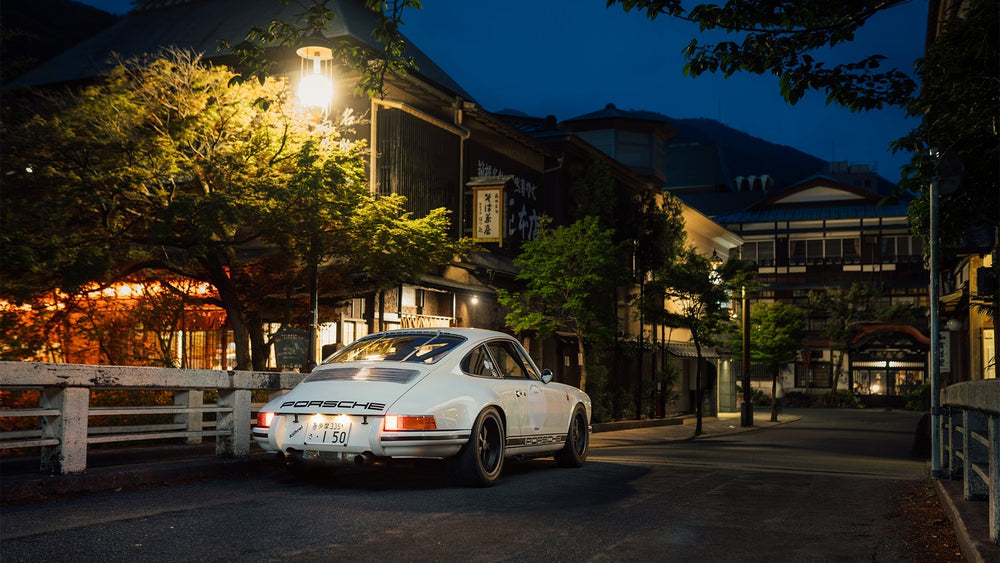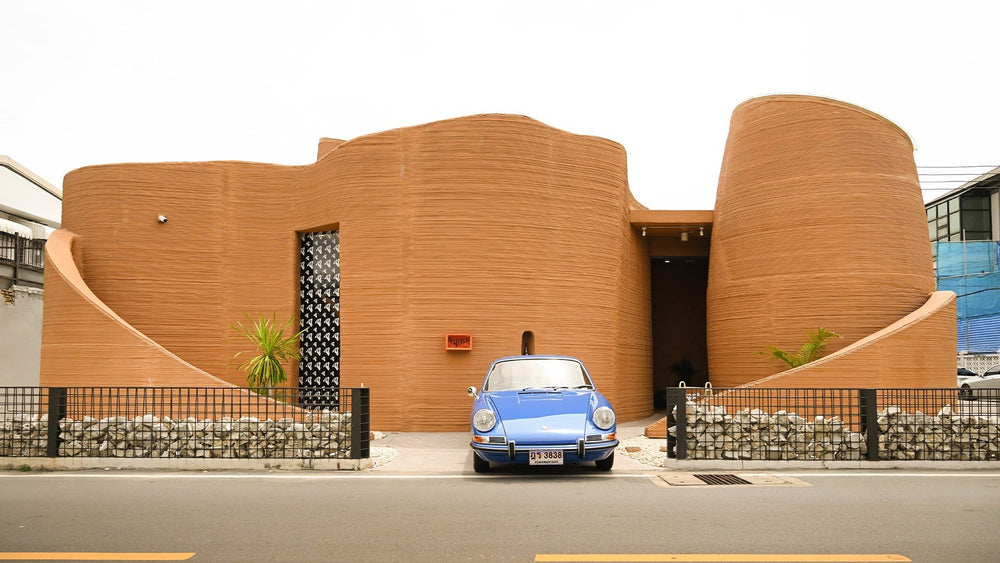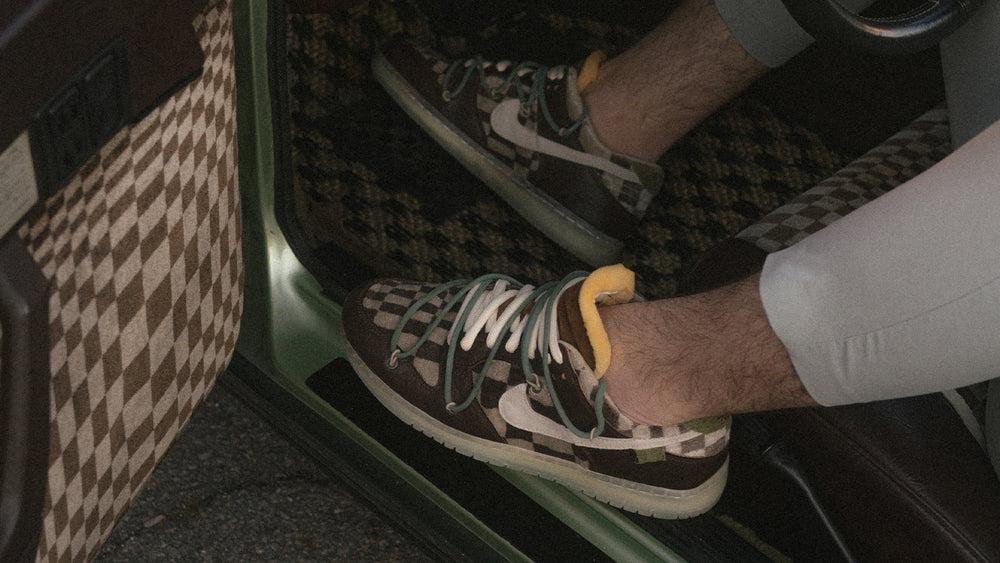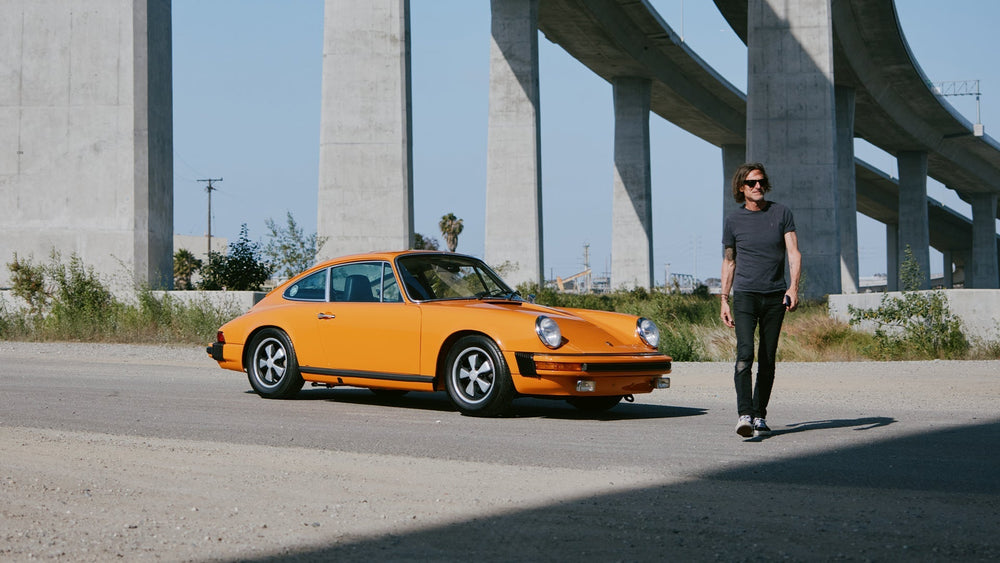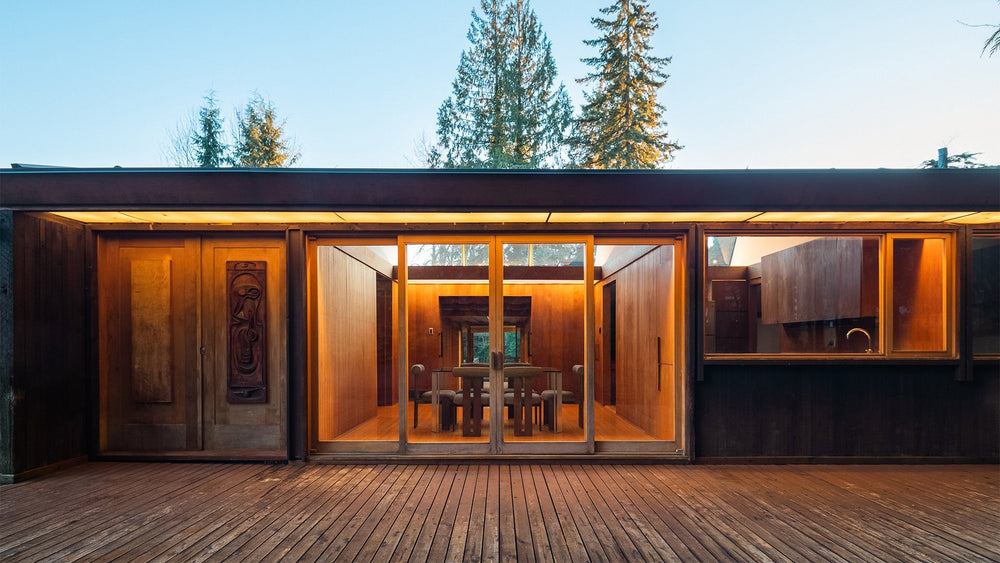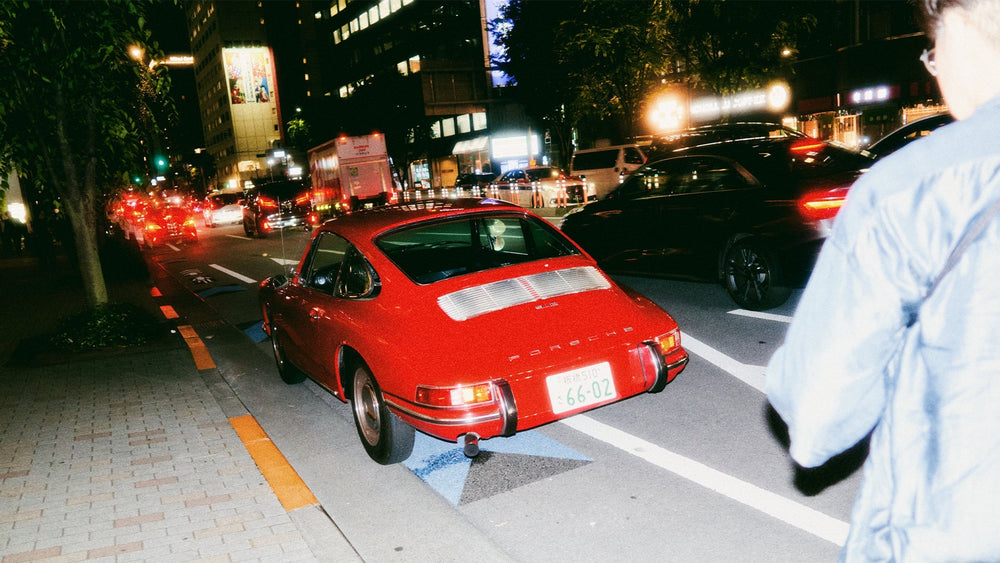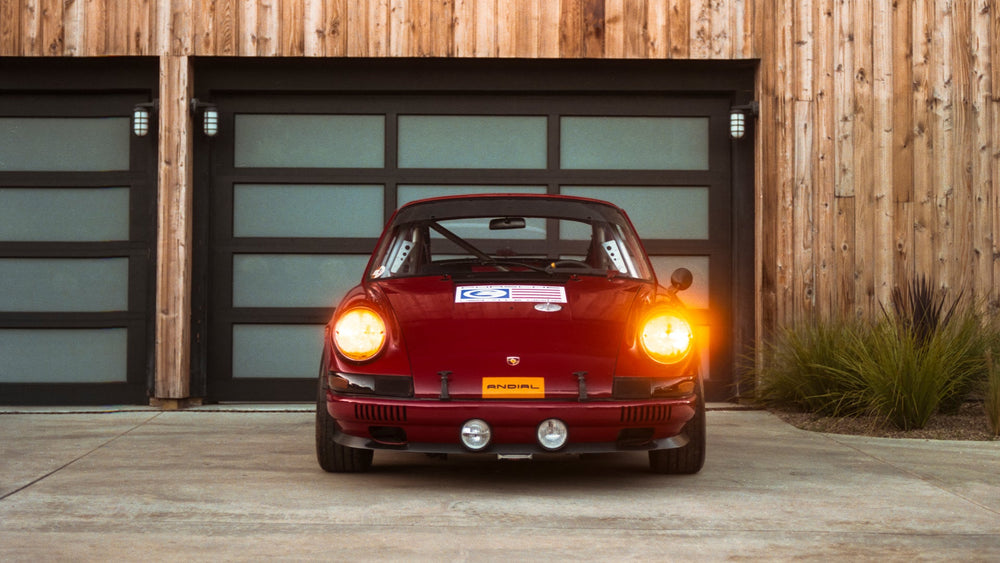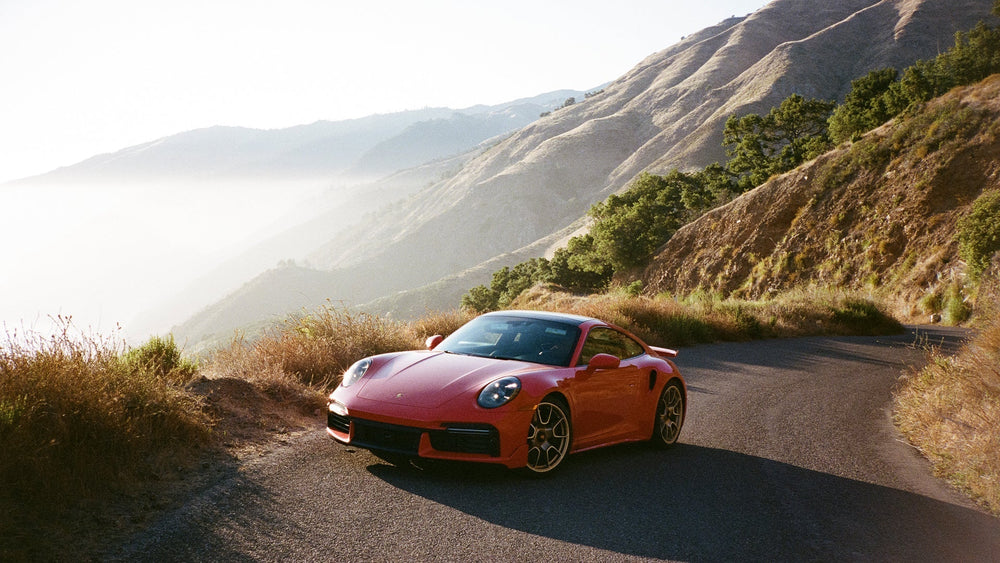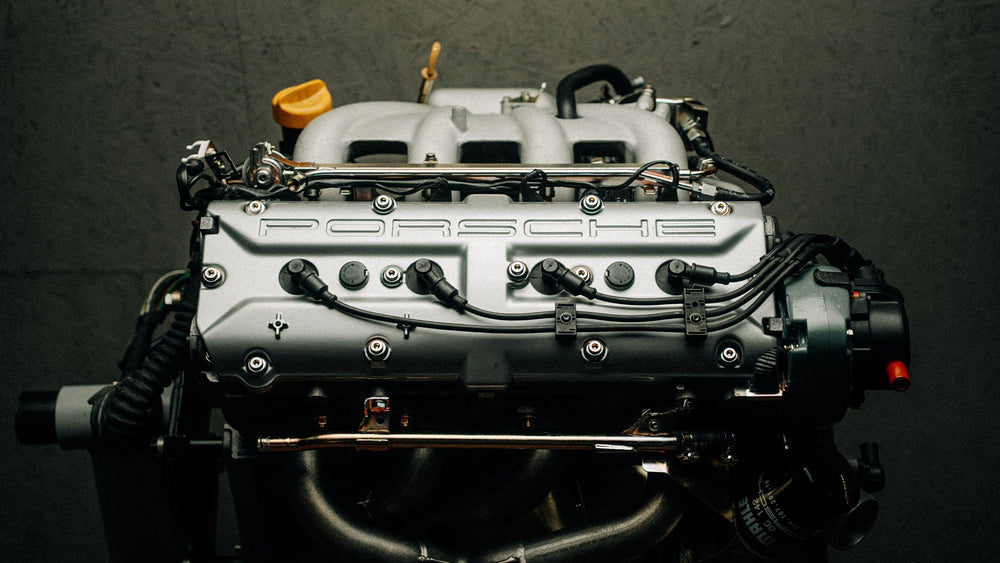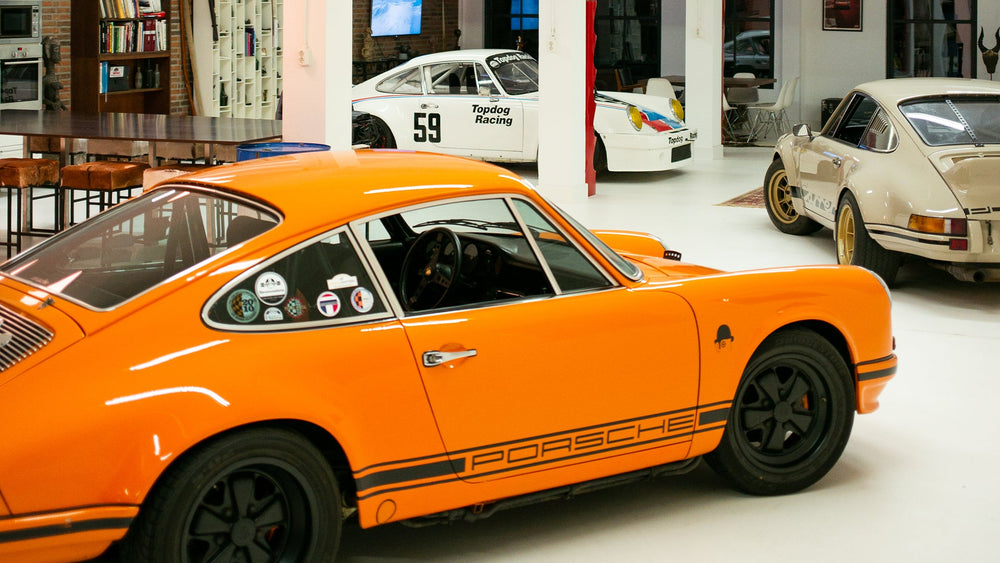Alexander Stollberg was born in East Germany in 1967, a time long before German reunification and entirely separate from the sphere of European car culture as many of us are familiar with it. In his youth, there was a single known 930 Turbo in the entire country, alongside maybe one or two other Porsches in total. He came to discover these cars for the first time as a teenager, when he attended an “Oldtimer Grand Prix” at the Autodrom Most racetrack in neighbouring Czechoslovakia. In a field of Western sports cars, it was a pair of Porsche 356 Carreras that dominated the race, a performance that sealed his love for these mysterious sports cars from there on out.
In the DDR, working with classic cars just wasn’t possible without the right connections, which Alexander didn’t have. Instead, he turned to a career in stone masonry, a craft he would go on to master well. Throughout his early days he worked on historic buildings and incredible baroque sculptures, but his love for classic cars never left him. In 1993, using a piece of leftover Saxon sandstone, he carved out the shape of a Pre-A 356. The form was exaggerated and rough, but it was a Porsche he could call his own. Soon, he followed it up with another sculpture, then another. Three decades later, Alexander has produced over a hundred of them, and he isn’t stopping any time soon.
After German reunification, Alexander began collecting a number of the Western cars that he’d finally had the opportunity to discover. So many in fact, that it became too expensive to keep storing them in rented Dresden garages. He bought a ruined farmyard near Meissen to accommodate his growing collection and he began restoring the buildings there alongside his wife so the two could live there. Among the buildings is his workshop, where to this day he continues to sculpt Porsches from plywood, sandstone, limestone and even marble.
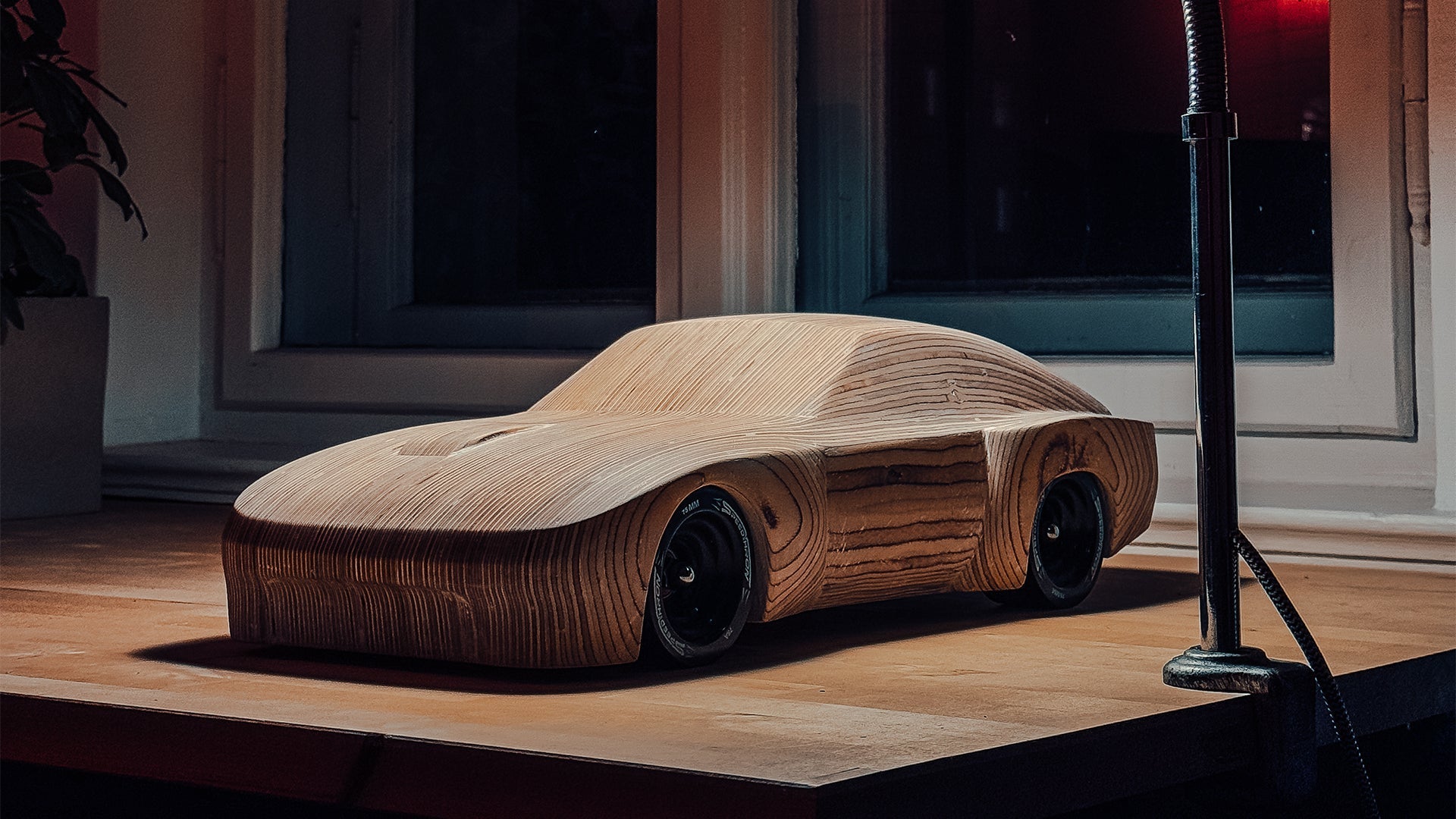
The Porschemason
Author: ALFIE MUNKENBECK
Photographer: Maximilian Stollberg
Alexander Stollberg’s story of craft, art and a love for vintage Porsches.
It’s difficult to adequately describe how awestruck we felt when Maximillian Stollberg first sent us the photographs he’d taken of his father’s sculpture work. Of course their beauty alone is obvious, but hearing the story of how they came to be created revealed just how special they really were. We count ourselves lucky to speak to a lot of talented artists about their work, but when this came across the desk, it was clearly going to be a story that deserved very special attention.






































